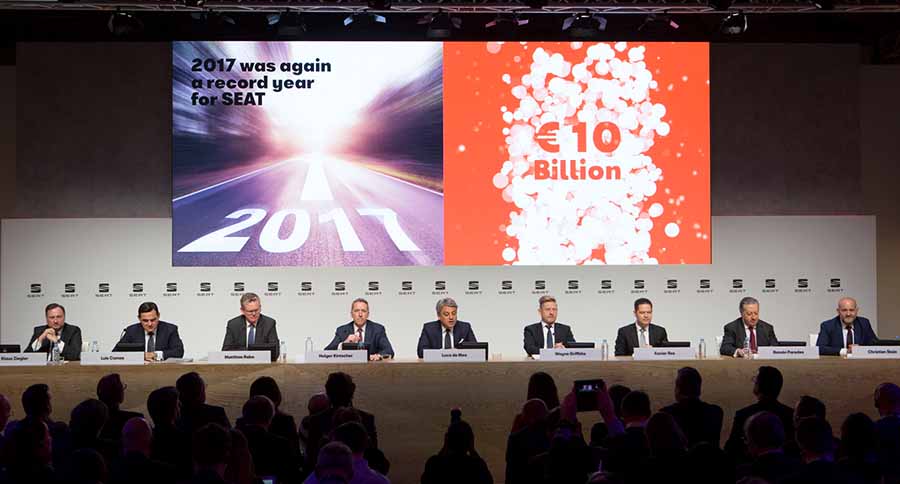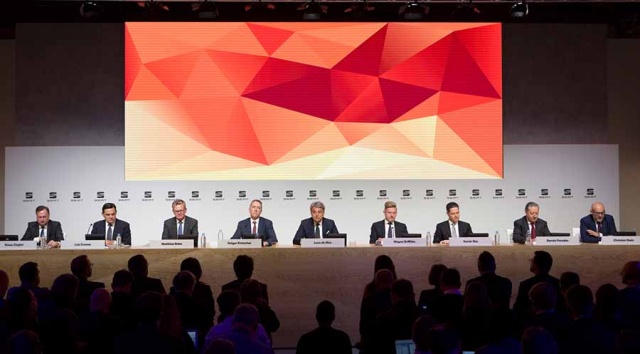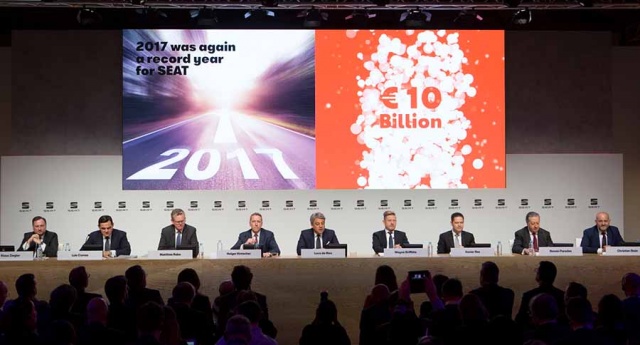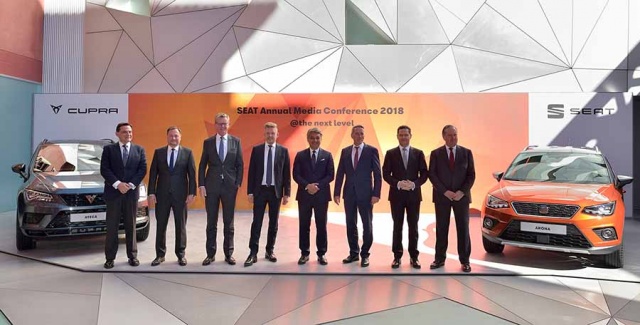What's the news?
In his annual results presentation in Madrid today, SEAT's president Luca de Meo announced that the company, in addition to launching one new car every six months until 2020, will also launch a fully electric model that year. The electric model is to be based on Volkswagen's new MEB platform for electric vehicles and will take the form of a crossover with a range of 500km. The EV is also expected to come equipped with advanced connectivity and infotainment systems and minimum Level 2 autonomous driving capability.
De Meo also announced that, following the launch of the new SEAT Leon in 2019, a plug-in hybrid version with an electric range of around 50km would follow in 2020.
SEAT's model offensive comes on the back of a huge increase in investment. Last year, the company allocated €962 million to investments and R&D, which is 11.6 per cent more than in 2016 (€862 million). Of this amount, €464 million was earmarked entirely for R&D. The strategy appears to be paying-off too - SEAT turned over €9.6 billion last year, up by just over 11 per cent on 2016.
The first two models to emerge as part of the company's new strategy will be the SEAT Tarraco, a Skoda Kodiaq-sized SUV and the Cupra Ateca, a sportier version of the current SEAT Ateca to be launched under the firm's recently-announced performance brand.
So how does SEAT plan to continue its growth spurt? According to de Meo: "more brands, more markets, more cars and more energies", also mentioning the need to further expand beyond Europe (only 15 per cent of the company's sales take-place outside Europe despite operating in 80 countries) and further invest in "connected car" technology and Compressed Natural Gas powered cars.
"2017 was a new year of records for SEAT", said Mr. de Meo. From a sales standpoint, "the 2017 results are the outcome of a balanced development of all our models. Today we have one of the youngest ranges on the market, a little more than three years on average, which covers all the relevant segments in Europe with class leading products." He added that "in just a few years we have turned SEAT into a relevant brand for a vast majority of European customers."




